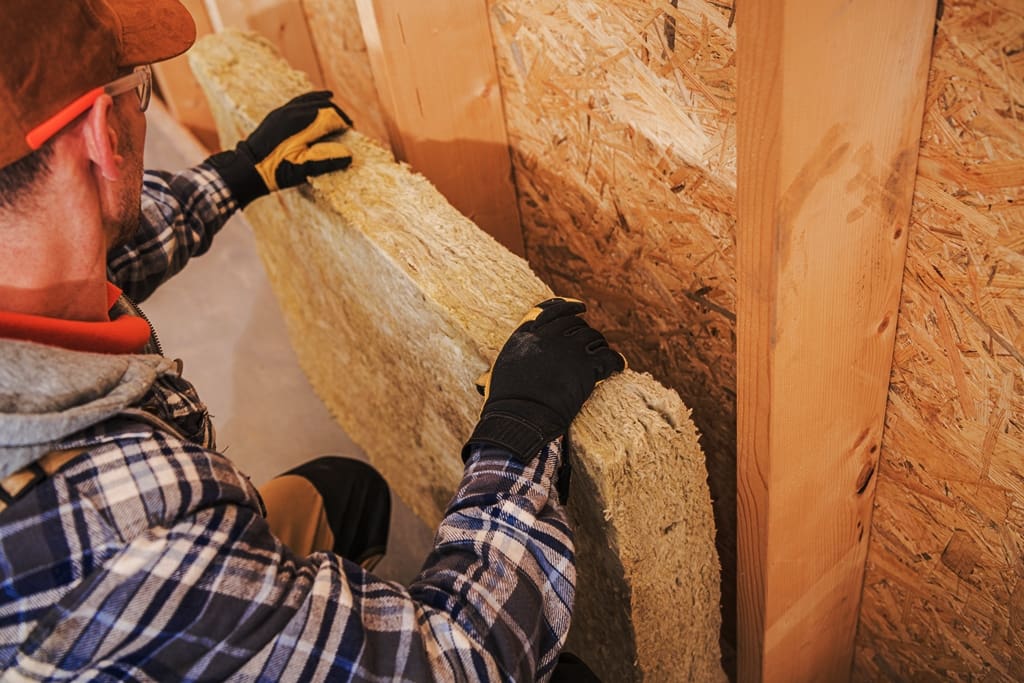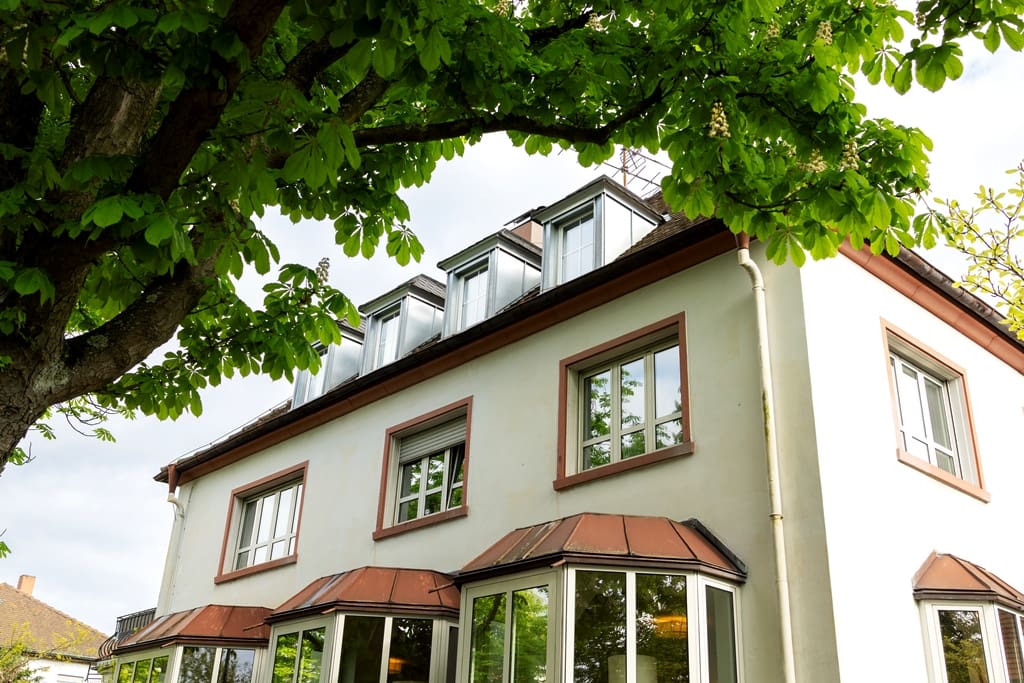In today’s environmentally conscious world, making your home more energy-efficient isn’t just a smart financial decision; it’s also a crucial step towards reducing your carbon footprint. Not only does it help the planet, but it can also save you a significant amount of money in the long run. Here are ten proven strategies to boost your home’s energy efficiency:
1. Upgrade to Energy-Efficient Appliances:
Investing in Energy Star-certified appliances not only reduces your electricity consumption but also improves the overall performance and lifespan of your appliances. These modern appliances often come with advanced features like smart technology integration, further enhancing your home’s energy efficiency.
2. Seal Air Leaks:

Identifying and sealing air leaks in your home not only saves energy but also enhances indoor comfort by preventing drafts. Use weatherstripping or caulk to seal smaller gaps and expanding foam for larger ones. Properly sealing gaps around your home helps maintain consistent temperatures throughout your living spaces and reduces the workload on your heating and cooling systems.
3. Install Programmable Thermostats:
Programmable thermostats offer precise control over your home’s temperature settings, allowing you to create customized schedules based on your daily routines. By automatically adjusting temperatures when you’re away or asleep, these thermostats optimize energy usage without compromising comfort.
4. Switch to LED Lighting:
LED lights consume significantly less energy than traditional incandescent bulbs while offering brighter and more consistent illumination. Their long lifespan and low heat output make them a cost-effective and eco-friendly choice for lighting your home.
5. Upgrade Insulation:

Improving your home’s insulation not only reduces energy loss but also enhances soundproofing and moisture control. Proper insulation in walls, floors, and attics helps maintain comfortable indoor temperatures year-round, reducing the need for frequent heating or cooling adjustments.
6. Use Smart Power Strips:
Smart power strips automatically cut power to electronics when they’re not in use, eliminating standby power consumption known as “phantom load.” By connecting devices like TVs, computers, and chargers to these strips, you can easily reduce energy waste and lower your electricity bills.
7. Install Solar Panels:
Solar panels harness renewable energy from the sun, reducing your dependence on traditional grid-based electricity. Besides lowering your carbon footprint, solar panels can generate surplus energy that you can sell back to the grid or store in batteries for later use, offering long-term savings and sustainability benefits.
8. Opt for Energy-Efficient Windows:

Upgrading to double-pane or low-emissivity (low-E) windows improves insulation and reduces heat transfer, making your home more energy-efficient. These windows also enhance natural light while minimizing UV exposure, contributing to a comfortable and eco-friendly indoor environment.
9. Maintain HVAC Systems:
Regular maintenance of heating, ventilation, and air conditioning (HVAC) systems ensures optimal performance and energy efficiency. Cleaning or replacing filters, checking ductwork for leaks, and scheduling professional inspections help extend the lifespan of your HVAC equipment while keeping energy costs in check.
10. Plant Shade Trees:

Strategically planting shade trees around your home not only adds beauty to your landscape but also reduces solar heat gain during hot months. By providing natural cooling and windbreaks, these trees help lower your reliance on air conditioning, contributing to a more sustainable and energy-efficient living space.
By implementing these strategies, you can create a more energy-efficient and eco-friendly home while saving money on utility bills. Start making a positive impact on the environment today!
#EnergyEfficiency #HomeImprovement #EcoFriendlyLiving #SaveMoney #GreenLiving #EnergyStar #SolarPower #HVACMaintenance #LEDLighting #ReduceCarbonFootprint
